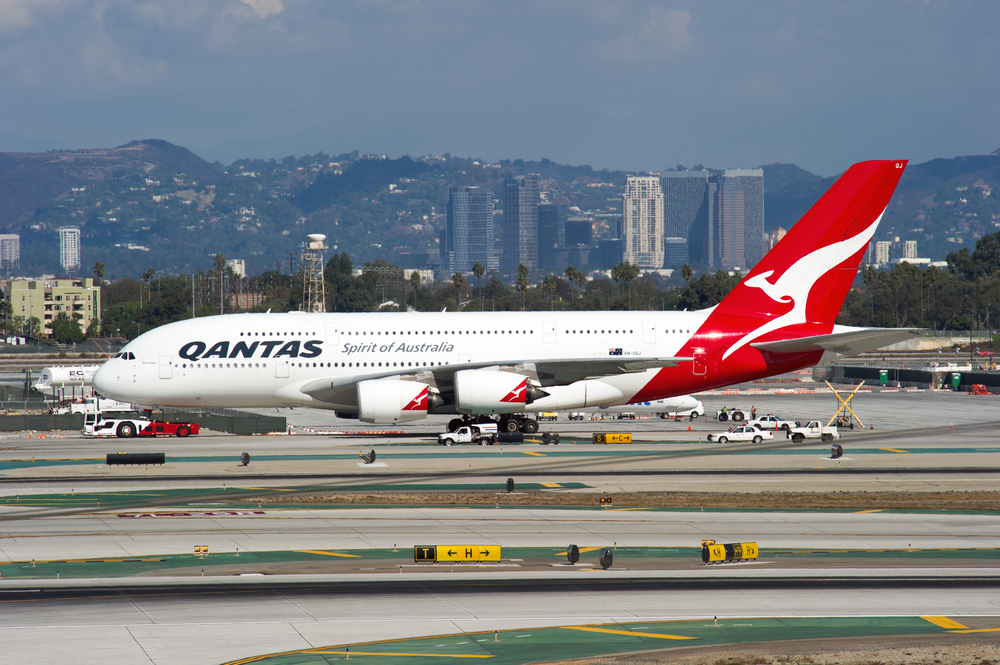Qantas creates ‘whacker’ to scare reptiles away from parked A380s
Guest Writers are not employed, compensated or governed by TD, opinions and statements are from the specific writer directly

Qantas has developed a piece of technology dubbed a “wheel whacker” to help stop snakes and scorpions boarding planes it has parked due to the COVID-19 pandemic.
Whilst Australia’s borders are currently closed, and Qantas has ceased international flights other than government-run repatriation flights that bring citizens home from viral hotspots. The airline, therefore, parked its fleet of Airbus A380s at the Southern California Logistics Airport in Victorville, a location where low humidity makes for an ideal aircraft storage location.
Qantas expects to fly its A380s again one day, so continues to maintain the aircraft.
Which is where the “wheel whackers” come in. As explained in a post to the company blog, “highly venomous Mojave rattlesnakes and scorpions are prone to setting up camp around the wheel wells and tyres of slumbering aircraft.”
Qantas manager for engineering in Los Angeles, Tim Heywood, said that he and his team frequently encounter snakes and scorpions when they visit the giant planes, as the creatures “love to curl up around the warm rubber tyres and in the aircraft wheels and brakes.”
“The first thing we do before we unwrap and start any ground inspections of the landing gear is to walk around the aircraft stomping our feet and tapping the wheels with a wheel whacker to wake up and scare off the snakes. That’s about making sure no harm comes to our engineers or the snakes.”
“Only then do we carefully approach each wheel and unwrap them before performing our pressure checks and visual inspections.”
Heywood said he and his team have spotted a few rattlers and stingers, “but the wheel whacker does its job, and they scuttle off.”
For readers who hoped the wheel whacker was a masterpiece of aerospace engineering and composed of exotic materials, we have bad news: the whackers are just broom handles. Each whacker is, however, labelled with the name of the A380 to which it is dedicated.


Comments are closed.